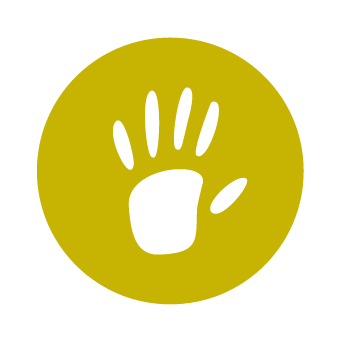Acupuncture & Dry Needling
While dry needling and acupuncture may look similar at first glance - both using fine needles - their purpose, how they work, and what they treat can be quite different. Understanding these differences can help you choose the approach that’s right for your body and your needs.
How They Complement Physiotherapy and Osteopathy
Whether you're seeing a physiotherapist or an osteopath, the use of both dry needling and acupuncture can elevate your treatment results:
Reduce pain quickly, helping you move better and engage fully in rehab
Calm overactive muscles and nervous system responses
Improve circulation and healing in deep tissues
Release restrictions that may otherwise slow down manual therapy or exercise progress
Often, a practitioner may even use both techniques in one treatment session, depending on your condition, sensitivity, and goals. Of course, it is up to you whether it is used in conjunction with the clinical therapy or not at all. Some people just don’t like needles!
DRY needling
Dry needling targets myofascial trigger points—hyperirritable knots in skeletal muscle that are painful on compression and often cause referred pain.
Scientific mechanisms include:
Local twitch response: Mechanical stimulation of a trigger point elicits a rapid contraction, helping to release contracted sarcomeres and reduce muscle tension.
Neuromuscular resetting: Needling disrupts abnormal motor endplate activity, which can restore normal neuromuscular function.
Neurophysiological effects: Needling reduces central sensitization and alters pain perception through spinal segmental inhibition.
Inflammatory modulation: It stimulates local microtrauma, encouraging the release of growth factors and cytokines to support tissue healing.
✅ Research supports use for:
Myofascial pain syndrome
Tendinopathies
Chronic low back pain
Neck pain and tension-type headaches
Acupuncture
Rooted in Traditional Chinese Medicine, but modern science shows it affects the nervous, endocrine, and immune systems.
What it does:
Triggers the release of natural painkillers (endorphins, enkephalins)
Regulates the stress response via the HPA axis
Modulates brain activity in pain/emotion areas
Calms inflammation and supports immunity
✅ Research supports use for:
Chronic pain
Migraines
Anxiety & insomnia
IBS, menstrual symptoms
IN SUMMARY
Dry Needling: Directly into muscles or trigger points. A precise, mechanical approach.
Acupuncture: Placed along meridians or nerves for systemic effects—even away from the pain site.
In short:
Dry needling = local muscle reset.
Acupuncture = whole-body regulation.
Both are powerful tools, and often even better when combined in physiotherapy or osteopathic care.
BOOKING:
Acupuncture: Book osteopathy with Ru or physiotherapy with Jeremy.
Dry Needling: Book Osteopathy with Ru, Alistair or Rod. Book Physiotherapy with Jeremy.
Information coming soon
Make a booking
Just click the 'book now button and select what you want.
